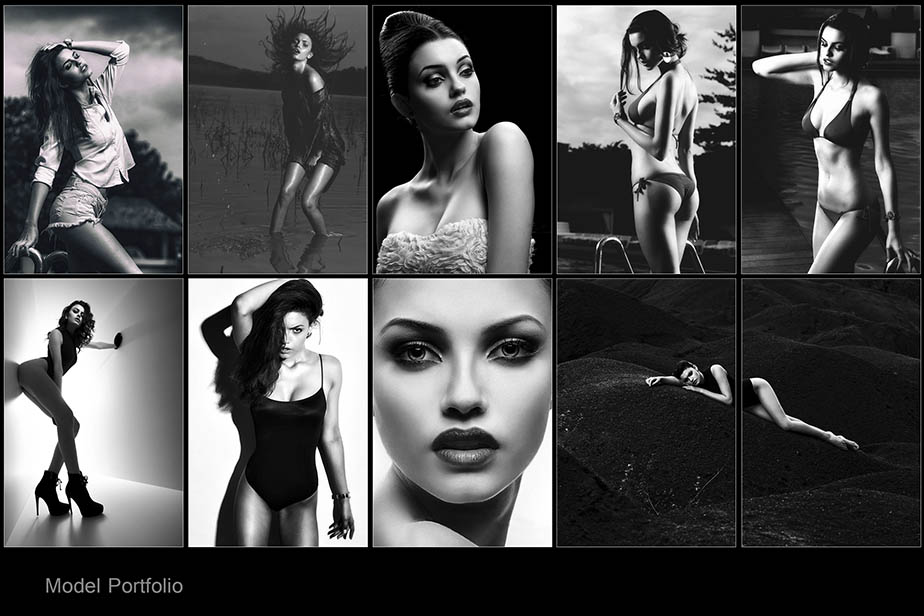
A modeling portfolio is a collection of photographs that showcases a model’s range, versatility, and unique style. A great modeling portfolio is essential for landing modeling gigs and attracting potential clients. Below are some useful tips on how to create an outstanding modeling portfolio.
Research photographers
The first step in creating a great modeling portfolio is researching photographers in your area. Look for photographers with experience shooting models and a style that aligns with yours. You can also seek out advice from other models or industry professionals.
Hire a professional photographer
Once you have found a photographer, it’s time to hire them to shoot your portfolio. It’s crucial to hire a professional photographer who has experience shooting models and can help you create a portfolio that showcases your unique style and personality.
Choose your outfits carefully
When selecting outfits for your portfolio, choose clothes that highlight your best features and fit your body type. You should also consider the type of modeling you want to do and choose outfits that align with that style.
Have a variety of poses
A great modeling portfolio should have a variety of poses that showcase your range and versatility. Experiment with different poses and expressions to show off your personality and unique style.
Include headshots
In addition to full-body shots, it’s important to include headshots in your modeling portfolio. Headshots should be simple and clean, with minimal makeup and a neutral background.
Use natural lighting
When shooting your modeling portfolio, it’s important to use natural lighting whenever possible. Natural lighting can create a softer, more natural look flattering your skin tone.
Keep it simple
When designing your modeling portfolio, it’s important to keep it simple and clean. Avoid cluttered backgrounds and distracting props that detract from the focus on you.
Consider video
In addition to still photos, consider including a video in your modeling portfolio. Video can showcase your personality and range even more than still photos and can be especially effective for models looking to do commercial or acting work.
Be selective
When choosing photos to include in your modeling portfolio, be selective and only include your best work. You should aim for quality over quantity, with a portfolio of around 10-15 photos.
Keep it up to date
Finally, it’s important to keep your modeling portfolio up to date. Update it regularly with new photos and experiences to show you are actively working and growing as a model.
Creating an outstanding modeling portfolio takes time, effort, and attention to detail. Using these pointers, you can create a portfolio showcasing your style and personality and helps you stand out in a competitive industry.
